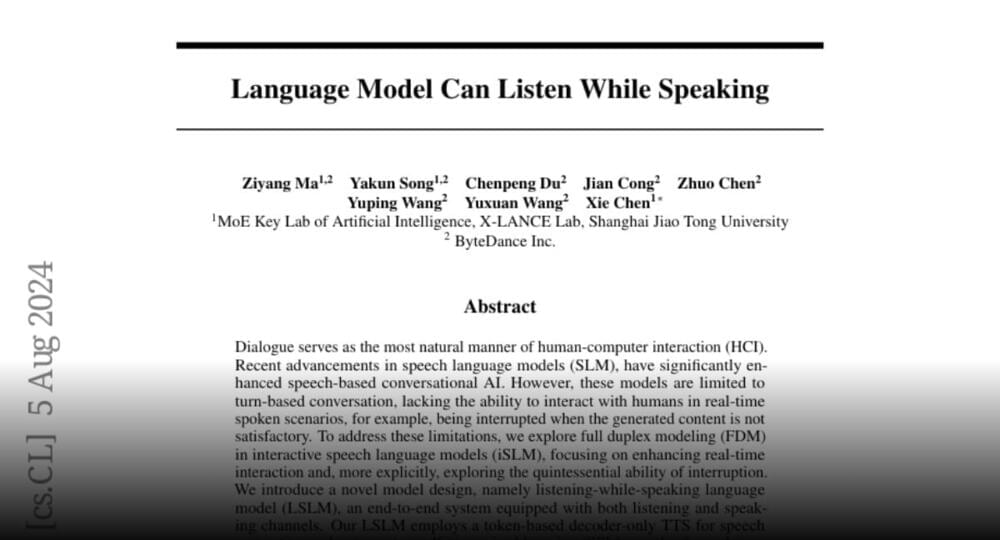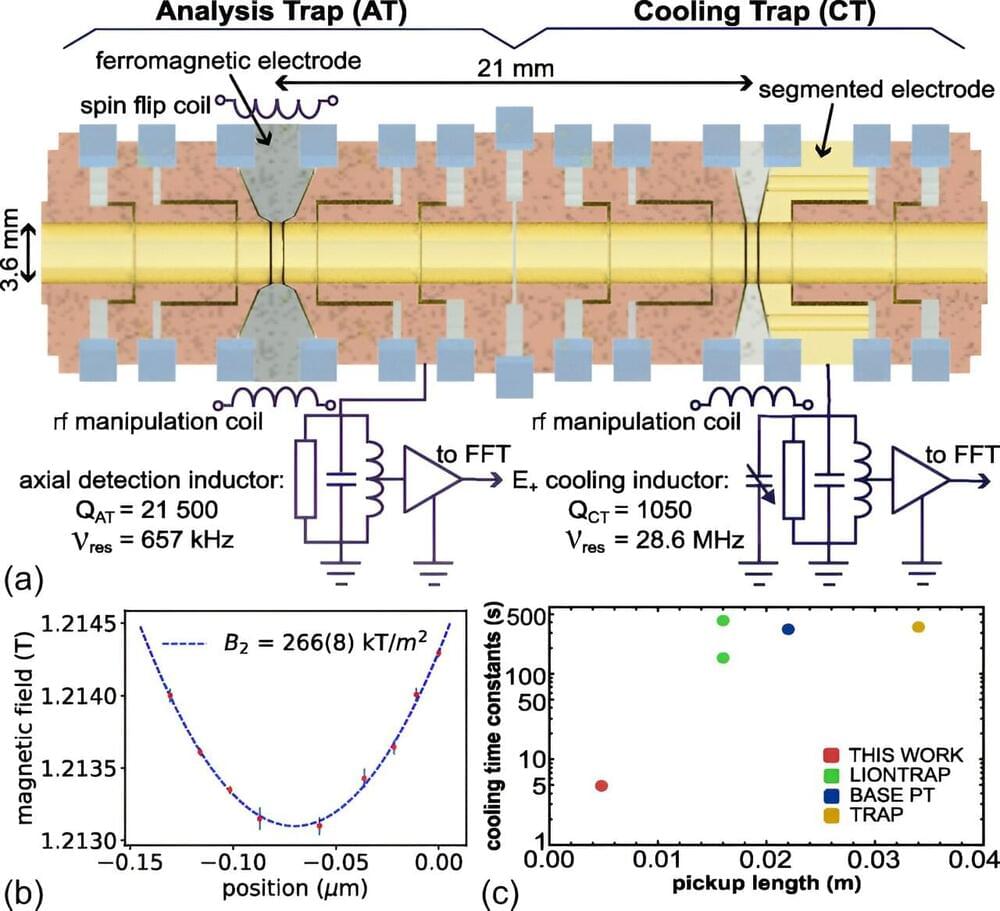A groundbreaking study using sub-daily GPS has improved our understanding of early afterslip following earthquakes, offering a more accurate assessment of seismic hazards and enhancing emergency response and preparedness strategies.
A groundbreaking study has revealed new insights into the Earth’s crust’s immediate behavior following earthquakes. Researchers have utilized sub-daily Global Positioning System (GPS) solutions to accurately measure the spatial and temporal evolution of early afterslip following the 2010 Mw 8.8 Maule earthquake. This innovative approach marks a significant advancement in seismic analysis, offering a more precise and rapid depiction of ground deformations, which is essential for assessing seismic hazards and understanding fault line activities.
The aftermath of an earthquake is marked by intricate postseismic adjustments, particularly the elusive early afterslip. Daily seismic monitoring has struggled to capture the rapid and complex ground movements occurring in the critical hours post-quake. The intricacies of these initial activities and their profound implications for seismic hazard assessment highlight an urgent need for more refined and immediate monitoring techniques.








